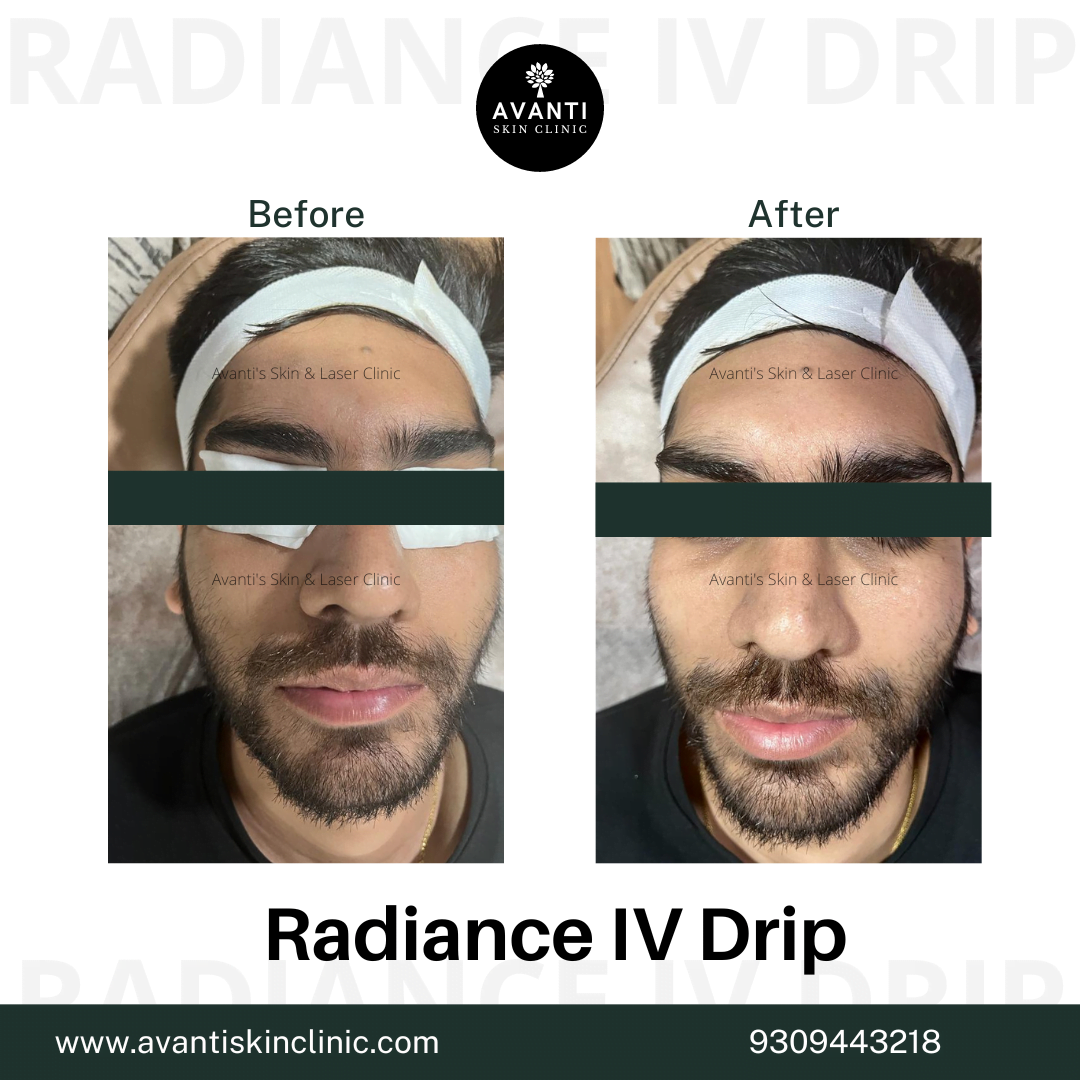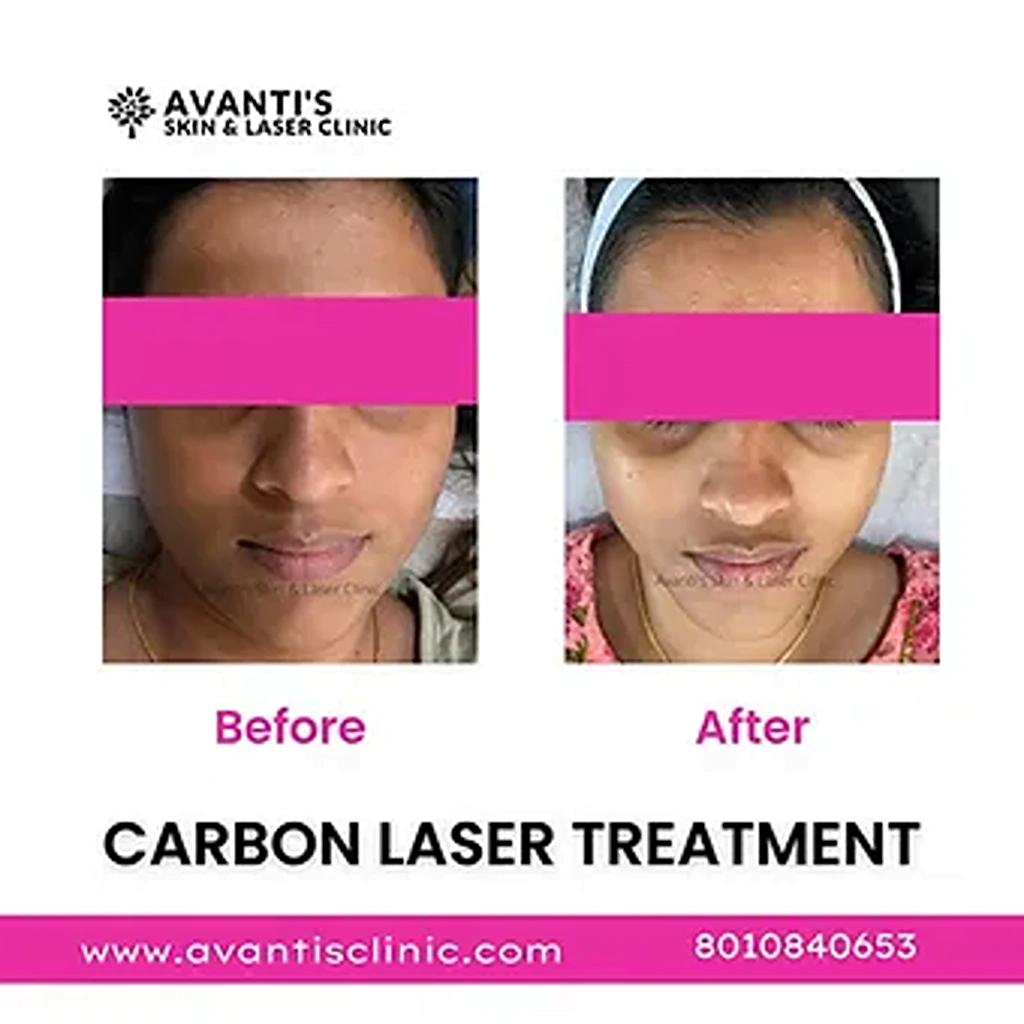Understanding Melasma: Signs, Symptoms, and Causes
Melasma is a common skin condition that causes dark patches or discoloration, often appearing on the face. It is typically triggered by hormonal changes, sun exposure, or genetics. Recognizing melasma signs and symptoms early is important for effective treatment.
The condition is most noticeable in areas exposed to the sun, like the cheeks, forehead, and upper lip. People with darker skin tones may experience melasma skin symptoms more prominently. Understanding melasma symptoms cause is essential for managing the condition and preventing further pigmentation.
What is Melasma?
Melasma is a skin condition that causes brown or greyish patches, primarily on the face. It is most commonly seen in women, especially during pregnancy (often referred to as the “mask of pregnancy”) or when taking birth control. Melasma causes and symptoms include hormonal changes, UV exposure, and genetic predisposition. The patches are usually symmetrical and may appear on the cheeks, forehead, nose, and chin.
Early Signs and Symptoms of Melasma
Recognizing melasma symptoms pictures or early signs can help you seek treatment promptly. Here are some early indicators of melasma:
- Dark Spots: The most common symptom is the appearance of dark, irregular patches on the skin, often on the face.
- Symmetry: The patches typically appear symmetrically on both sides of the face, such as the cheeks and forehead.
- Faint Tan or Brown Spots: In some cases, melasma may appear as faint, light brown spots before becoming darker over time.
- Increased Pigmentation: The pigmentation darkens with sun exposure and hormonal changes, making it more noticeable.
Common Causes of Melasma
- Hormonal Changes: Pregnancy, birth control pills, and hormone replacement therapy are common triggers for melasma.
- Sun Exposure: UV rays can intensify melasma, leading to the darkening of spots.
- Genetics: People with a family history of melasma are more likely to develop the condition.
- Skin Irritation: Certain skin care products or harsh treatments can trigger or worsen melasma.
When to Seek Medical Attention for Melasma
- Persistent Pigmentation: If dark patches continue to worsen despite using sunscreen and topical treatments.
- Severe Discoloration: If melasma becomes very pronounced, affecting your appearance and self-esteem.
- Non-Improving Condition: If home treatments do not show visible improvements, professional intervention is necessary.
Treatment Options for Melasma
Chemical Peels:
- Specialized chemical peels exfoliate dead skin cells and target melanin in the skin.
- Tailored to each patient’s skin type and melasma severity.
- Multiple sessions over weeks or months for optimal results in brightening and clearing melasma.
Laser Treatment:
- Uses advanced Q-switched Nd: YAG laser technology (USFDA-approved).
- Targets and breaks down excess melanin beneath the skin’s surface.
- Flushed out by the body’s immune system, improving skin tone and texture.
- Requires multiple progressive laser sessions for noticeable results.
Mesotherapy:
- Involves injecting a cocktail of vitamins, minerals, amino acids, and healing ingredients into the melasma-affected areas.
- Promotes skin rejuvenation and healthier skin regrowth.
- Customized for each patient based on their skin type and melasma depth.
Cosmelan Peel:
- A four-step depigmentation peels with an intensive in-clinic session followed by at-home maintenance.
- Highly effective for clearing stubborn melasma and pigmentation.
- The medically supervised procedure, with a prescribed skincare regimen to maintain results.
Topical Skin Lightening Products:
- Topical creams with hydroquinone, kojic acid, and hyaluronic acid to lighten dark patches.
- Used under dermatologists’ guidance to inhibit melanin production.
- Laser toning can enhance the effectiveness of these creams.
- Oral tranexamic supplements may be recommended to control melanin overproduction.
How to avoid Melasma
Coping with melasma can be a challenge, but our clinic offers personalized treatment plans to help you manage the condition effectively. Whether it’s through chemical peels, laser toning, or dermapens, we focus on targeted treatments to fade pigmentation and restore even skin tone. With the guidance of our expert dermatologists, you can confidently take control of your melasma and enjoy clear, glowing skin again.
How Avanti Skin Clinic Can Help
At Avanti Skin Clinic, we specialize in advanced treatments for melasma. Our expert dermatologists offer tailored care to address your unique skin concerns. With laser therapy, mesotherapy, and tailored chemical peels, we help reduce pigmentation, smoothen skin texture, and restore radiance.
Our state-of-the-art treatments target the root causes of melasma, from sun exposure to hormonal imbalances, so you can achieve long-lasting results. Our skin specialist doctors can also prescribe safe skin-lightening topical products to help minimize the effects of melasma. We are committed to helping you regain your confidence with healthier, more even-toned skin.
Frequently Asked Questions
Melasma typically presents as brown or greyish spots, often on the cheeks, forehead, and upper lip. These spots tend to be symmetrical and may worsen with sun exposure.
Yes, melasma is often identified by dark patches on the face. For reference, our clinic provides a gallery of melasma symptoms pictures to help you identify the condition. You can also check out our website to see before and after images of successfully treated patients. .
Melasma is primarily caused by hormonal changes, sun exposure, and genetics. It is most common in pregnant women and those on birth control.
If left unnoticed, Melasma symptoms can cause permanent skin darkening or pigmentation that is hard to go by. This can also lead to a decline in your confidence and self-esteem.
While melasma can be persistent, professional treatments like those offered at Avanti Skin Clinic can significantly reduce symptoms and provide long-lasting results with proper skincare.









